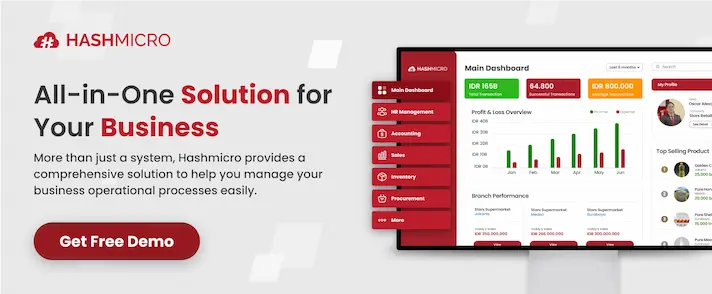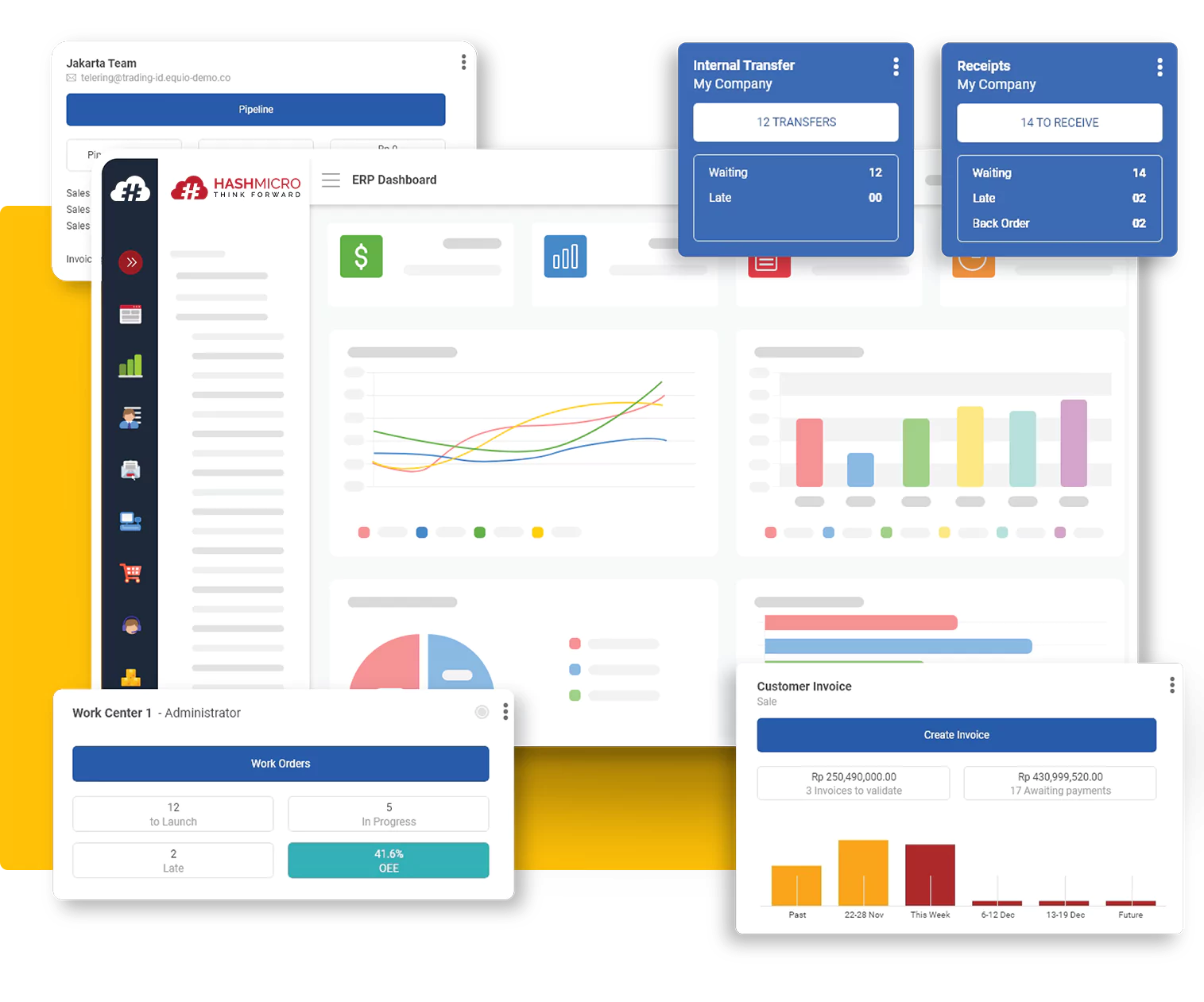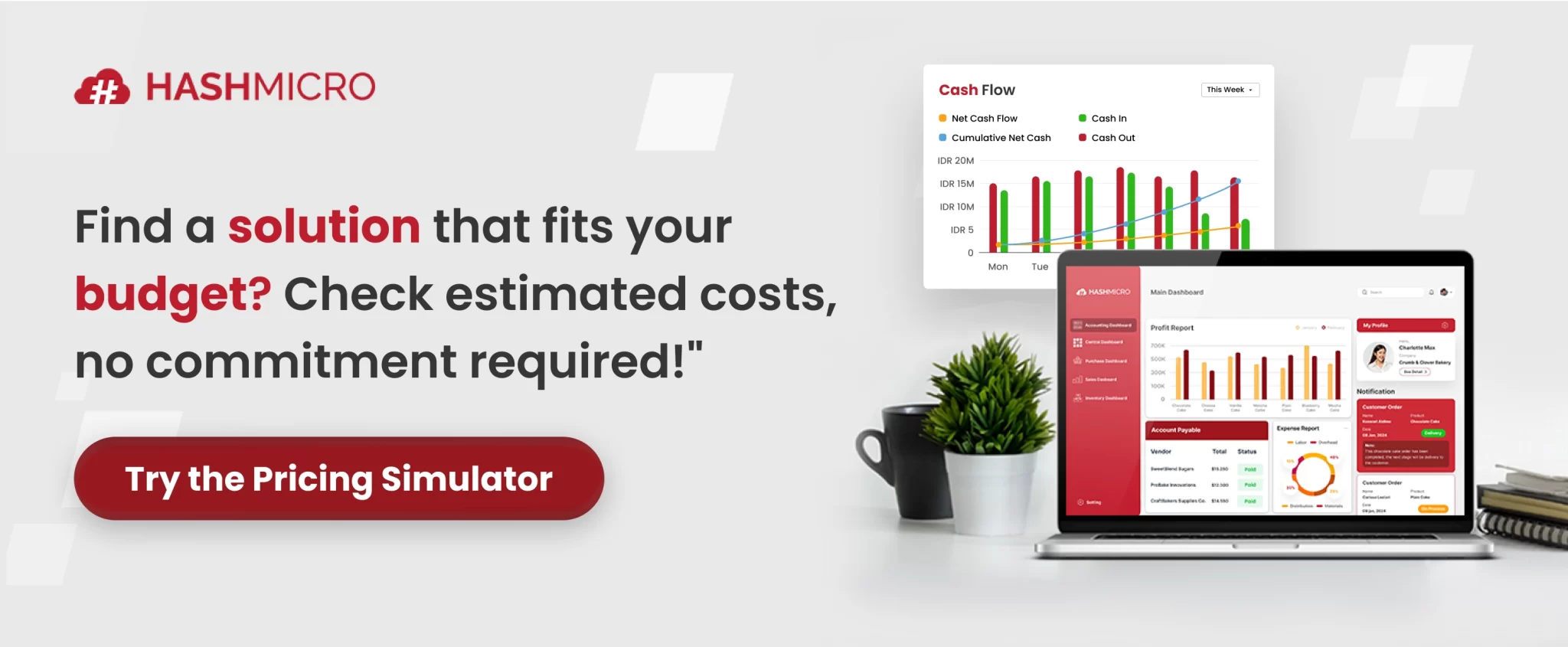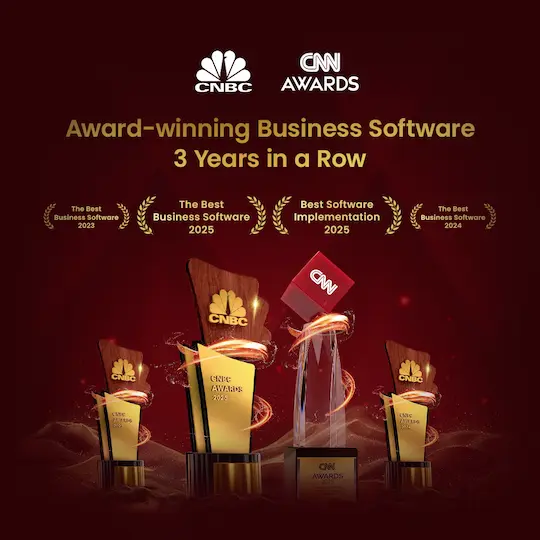Why can some companies lead the market while others struggle to produce successful products? The difference often lies in how effectively they manage each stage of the product lifecycle from concept and design, through launch, to withdrawal from the market.
Product Lifecycle Management (PLM) first emerged in the 1980s within industries such as automotive and aerospace to handle complex product development and maintain accuracy. Over time, it has evolved into a critical business strategy adopted across multiple sectors.
Poor product lifecycle management can lead to delays, increased costs, and missed opportunities. PLM helps companies optimize processes, enhance collaboration, and control costs.
Without PLM, companies risk inefficiency and a decline in competitiveness in an increasingly demanding market. Understanding PLM is crucial for decision makers seeking sustainable growth and operational excellence.
This article will explore PLM, why it matters, and the benefits it can bring to your business.
Key Takeaways
|

What is Product Lifecycle Management?
Product Lifecycle Management (PLM) is a business strategy that manages a product’s entire journey from the initial idea and design to production, distribution, and final withdrawal from the market.
Unlike basic product tracking, PLM connects processes, people, and data across the organization to create a single source of truth and improve collaboration.
At its core, PLM helps businesses operate more efficiently. It ensures every product lifecycle stage is cost-effective and aligned with company objectives. By providing visibility and control, PLM reduces risks, accelerates time to market, and supports innovation, all essential for staying competitive in a rapidly changing environment.
What is The History of PLM?
Product Lifecycle Management (PLM) originated in the 1980s within the automotive and aerospace industries. These sectors faced complex design requirements, demanding high accuracy and seamless collaboration among engineering teams.
At that time, companies adopted early Computer Aided Design (CAD) systems to manage technical drawings and reduce manual errors.
As technology advanced in the 1990s, PLM expanded beyond engineering to integrate other business functions such as manufacturing, quality control, and supply chain management. This shift transformed PLM from a purely technical tool into a strategic framework connecting data, processes, and people across the organization.
In the 2000s, PLM became more accessible and adaptable, moving from on-premise solutions to cloud-based platforms. Today, it is a critical enabler for digital transformation, helping businesses respond faster to market changes, enhance product innovation, and improve overall efficiency.
Benefits of Product Lifecycle Management (PLM)
Adopting PLM is more than a technology investment; it is a strategic move that drives efficiency, profitability, and long-term competitiveness. Here are the most important benefits for businesses:
- Cost reduction and better resource management: PLM provides real time visibility into resources, materials, and workflows, which minimizes waste and prevents costly errors. This directly impacts profitability and operational efficiency.
- Faster time to market: PLM accelerates product development cycles by streamlining processes and eliminating bottlenecks. Businesses can respond quickly to market demands and gain a competitive edge.
- Enhanced quality and compliance: PLM ensures quality standards and regulatory requirements are consistently met, reducing the risk of recalls and safeguarding brand reputation.
- Improved collaboration across teams: A centralized platform for product data enables design, engineering, and manufacturing teams to work seamlessly, reducing miscommunication and delays.
- Data driven decision making: Integrated data across the product lifecycle provides actionable insights for better planning, forecasting, and strategic decisions.
How to Measure Product Lifecycles
Measuring a product’s lifecycle helps businesses optimize marketing strategies, allocate resources effectively, and maximize profitability. Here are the key steps to measure it:
- Track sales performance: Monitor sales trends over time to identify which lifecycle stage the product is in introduction, growth, maturity, or decline.
- Analyze market demand: Use market research, customer feedback, and search trends to determine changes in consumer interest.
- Measure profitability: Compare revenue against production and marketing costs at each stage to understand profitability peaks.
- Monitor customer behavior: Review repeat purchase rates, churn, and satisfaction to assess long-term sustainability.
- Apply lifecycle metrics: Use specific metrics such as time to market, adoption rate, and product lifespan for accurate evaluation.
How HashMicro Simplifies Product Lifecycle Management

Managing a product’s lifecycle involves multiple teams, documents, and workflows, from initial concept to market launch and beyond. Without a structured approach, businesses often face challenges such as miscommunication, version errors, compliance risks, and delays that lead to increased costs.
HashMicro manufacturing software addresses these challenges by providing an integrated Product Lifecycle Management (PLM) solution that streamlines operations, enhances visibility, and ensures complete control over every stage of the product journey.
Unlike traditional tools, HashMicro doesn’t just offer software. It works as a strategic partner, collaborating with your business to customize workflows, integrate with existing systems, and provide ongoing support for sustainable success. Key features of HashMicro’s PLM solution:
- Centralized product data management: All product-related information, including specifications, designs, and documents, is stored in one secure platform, ensuring accuracy and accessibility for every department.
- Automated workflow processes: Approval processes, product revisions, and quality checks are automated, reducing manual errors and accelerating product development cycles.
- Version control and document management: Track every product revision to maintain clarity and prevent confusion caused by outdated files or team miscommunication.
- Bill of Materials (BOM) management: Manage complex BOM structures precisely to ensure accurate cost estimation, material planning, and efficient production scheduling.
- Product traceability: HashMicro’s PLM solution provides full product traceability, enabling businesses to track components, changes, and processes throughout the entire lifecycle. This feature ensures transparency, supports quality assurance, and simplifies recall management if necessary.
Conclusion
Product Lifecycle Management is more than just a process, it’s a strategic approach that helps businesses optimize every stage of a product’s journey, from design to delivery. By implementing the right PLM solution, companies can reduce costs, speed up time-to-market, and improve overall product quality.
HashMicro offers a comprehensive PLM system to simplify complex workflows, ensure product traceability, and enhance collaboration across your organization. Ready to take control of your product lifecycle?
Request a free demo from HashMicro to start transforming your operations today. Experience how our solution can help your business achieve smarter, more efficient product management.
Warning: Undefined array key "med" in /home/hashmicr/public_html/blog/wp-content/plugins/insert-headers-and-footers/includes/class-wpcode-snippet-execute.php(419) : eval()'d code on line 281

FAQ Product Lifecycle Management
-
How to analysis product life cycle?
The product lifecycle tracks the trajectory of most products, and consists of six stages: development, introduction, growth, maturity, saturation, and decline. Understanding these stages helps you decide on the best strategy for your product at any given point in time.
-
How to calculate product life cycle?
There are four stages in a product’s life cycle: introduction, growth, maturity, and decline. A company often incurs higher marketing costs when introducing a product to the market, but experiences higher sales as product adoption grows.
-
What are PLM models?
At the most fundamental level, product lifecycle management (PLM) is the strategic process of managing the complete journey of a product from initial ideation, development, service, and disposal. Put another way, PLM means managing everything involved with a product from cradle to grave.












